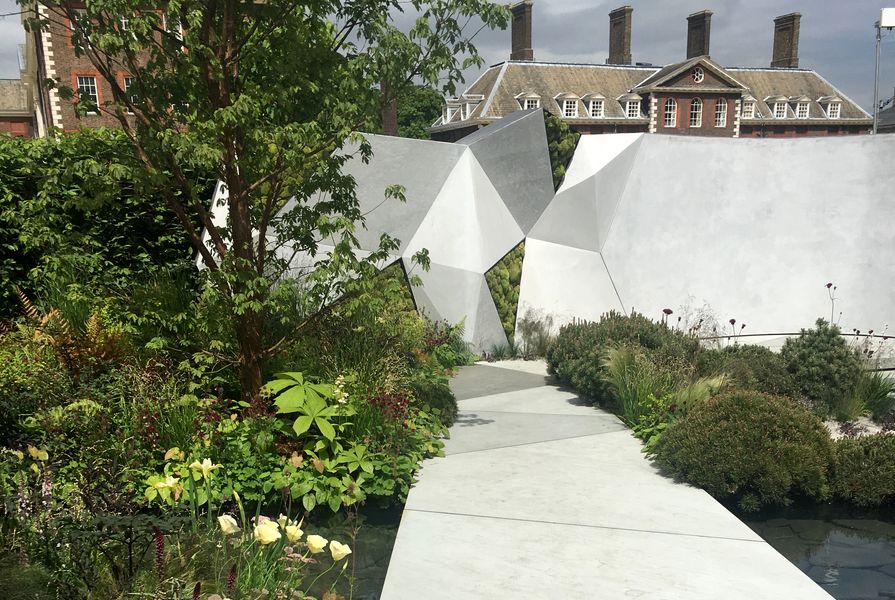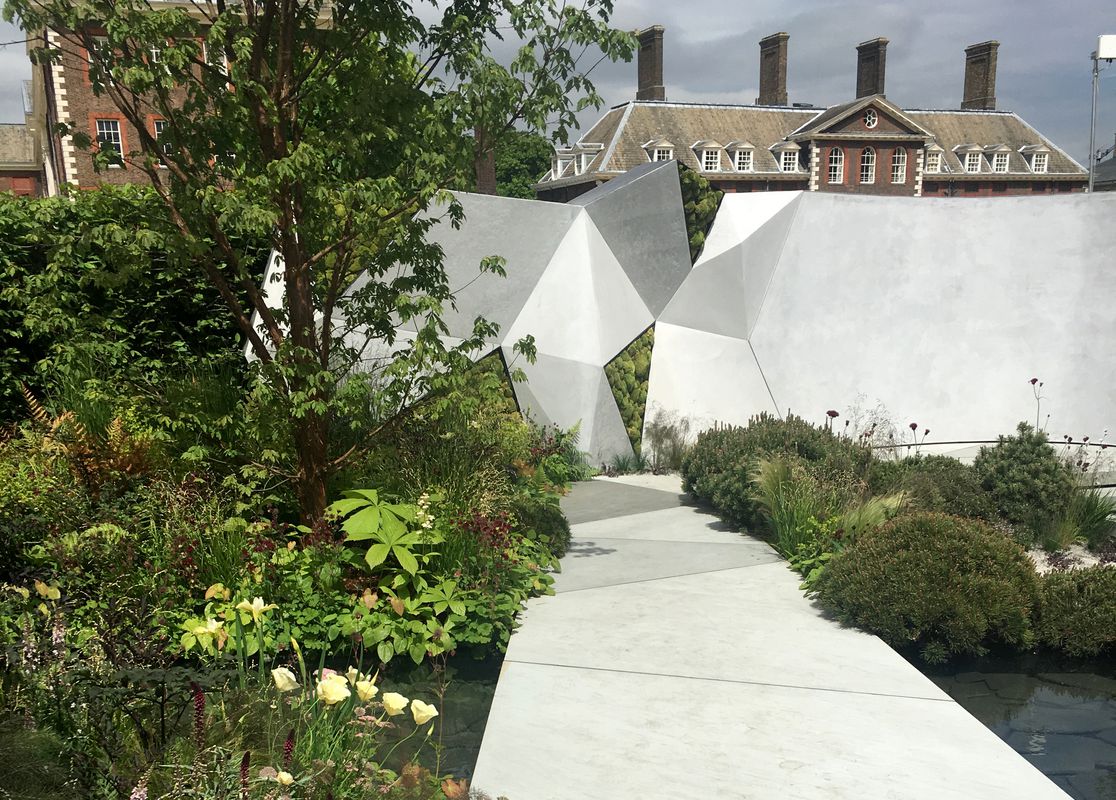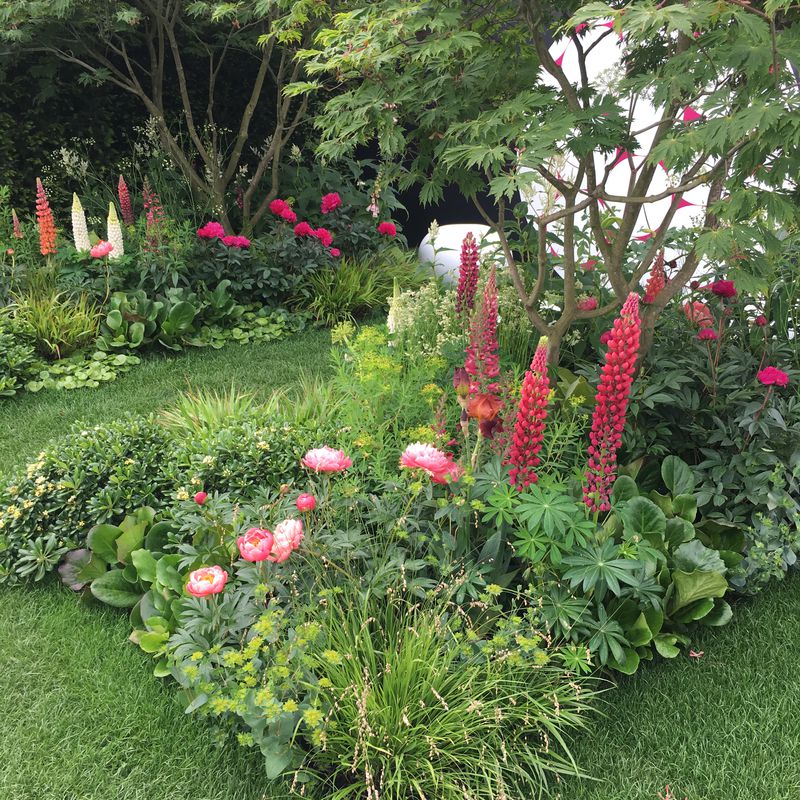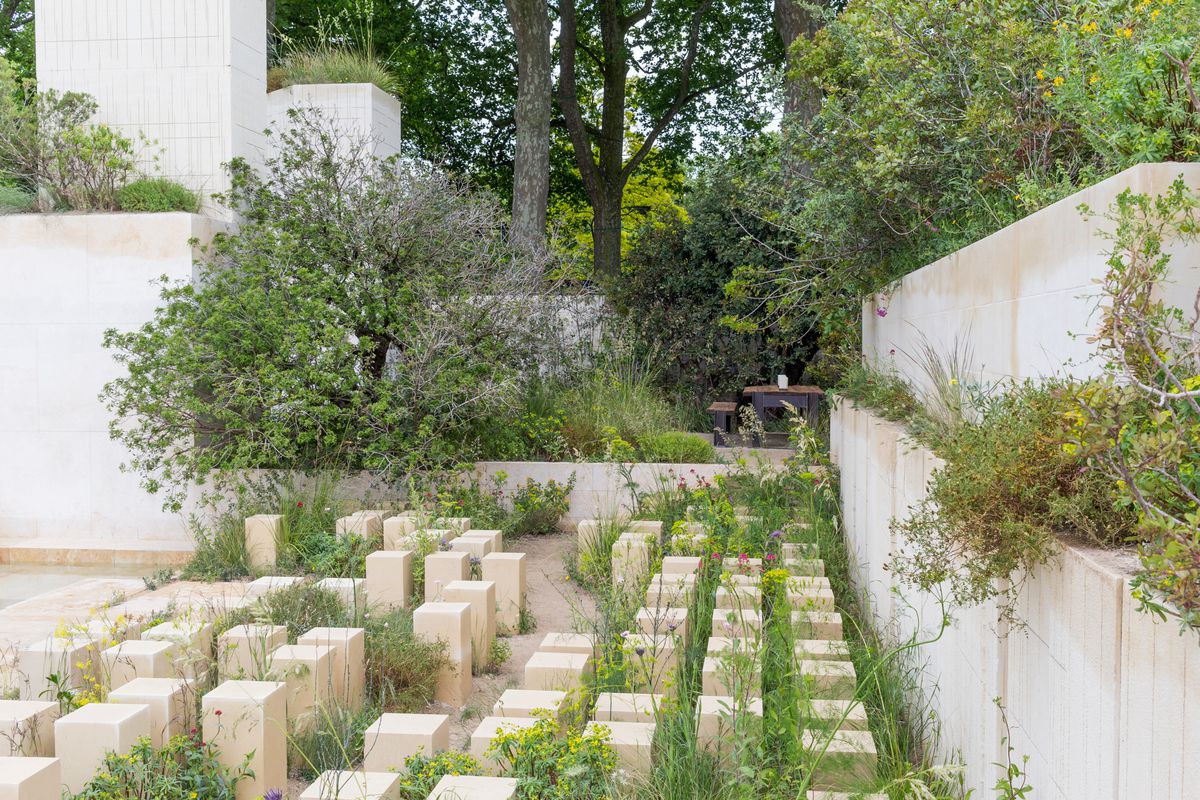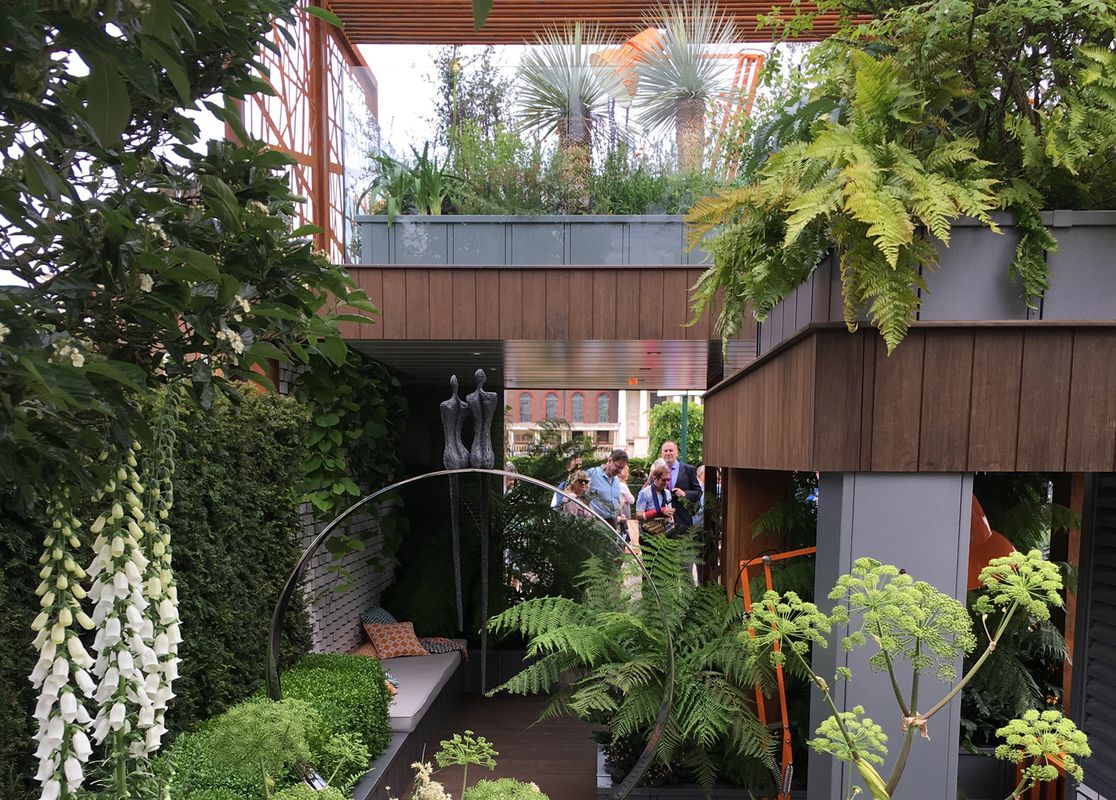Arguably the oldest and most distinguished garden trade show in the world, the Royal Horticultural Society Chelsea Flower Show in London is packed with lush plants and besotted gardeners. Held during spring in the spacious grounds of the Royal Hospital Chelsea, it is centred in a vast marquee filled with the finest display of flowering plants I’ve ever seen: massed fuschias, chrysanthemums, roses, peonies and countless others.
At the heart of the exhibits, the famous Hillier nurseries assembled a vast array of plants at the peak of their perfection. Nearby, Flora Toscana from Pescia in Italy had a handsome display of South African and Australian shrubs, including many Protea species, Waratahs, Banksia baxteris and Banksia menziesiis.
Outside the marquee were a number of spectacular show gardens, each following a specific theme. One featured a series of gardens suitable for the lobbies and terraces of apartment buildings, intensively planted with Australian tree ferns and other shade-loving plants; another, enfolded by Japanese maples, was inspired by the Kyoto Imperial Palace gardens. Perhaps the most architectural was the Jeremy Vine Texture Garden, with its geometric concrete forms capturing pockets of moss, in views framed by dwarf Pinus mugo.
Of course like any trade show there was the counterbalance of the ordinary: acres of garden furniture and gazebos, hothouses clipped together with frameless glass, and a lot of very average garden sculptures. But for the true garden enthusiast, the range of design ideas and plant material at Chelsea is breathtaking.
Like going to Venice for the architecture Biennale, the Chelsea Garden Show is something that any interested person should visit at least once in their lifetime!

